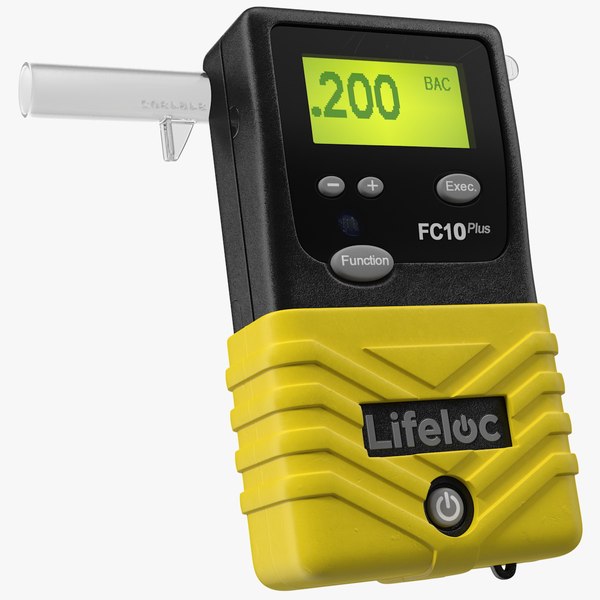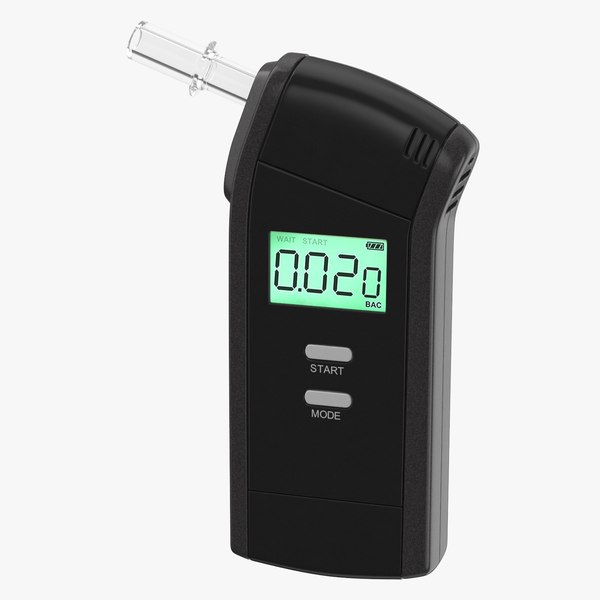 Breath analysers are devices utilized by law enforcement and private citizens alike to determine alcohol vapor exhaled through exhaling air and determine its blood alcohol material (BAC) worth. They’re often employed to gauge intoxication levels and prevent driving under the influence.
Breath analysers are devices utilized by law enforcement and private citizens alike to determine alcohol vapor exhaled through exhaling air and determine its blood alcohol material (BAC) worth. They’re often employed to gauge intoxication levels and prevent driving under the influence.
BAC values are identified by comparing the ratio of alcohol in your blood to how much water has been absorbed by your lungs. As alcohol evaporates from your blood, it goes into alveoli air sacs located deep within your lungs that draw it into their flow system for extraction by your pulmonary circulation system and passing along. 2100 milliliters of alveolar air include 1 milliliter of blood in concentration; breath analysers use different strategies to measure this concentration and spot before turning it into a precise measurement for BAC measurements. If you find the topic of what you have seen intriguing and that you require more details relating to the topic, then please pay us a visit or click the following web link breathalyzer machine!!!

What Everybody Else Does When It Comes To Breathalyzers And What You Should Do Different
Old-style breath analyzers depend on chemical reactions. Your breath goes through a cocktail of chemicals containing potassium dichromate, sulfuric acid, silver nitrate, and water; when exposed to ethanol vapor it responds with this mix and causes orange potassium dichromate service to turn green, and its strength is determined by the maker in order to determine your blood alcohol concentration (BAC).
Other breathalyzers use fuel cell or infrared spectrometry technology. With fuel cell breathalyzers, your breath ethanol is converted to acetic acid and hydrogen ions utilizing platinum oxide; an infrared spectrometer finds light absorption by the molecules of acetic acid that produces an electrical current which then moves to its microprocessor to supply you with an accurate blood alcohol concentration (BAC) reading.
Modern breathalyzers typically rely on among these 3 technologies, but some use multiple techniques in order to increase precision and effectiveness. Breathalyzers that integrate techniques like semiconductor oxide sensing units with fuel cell sensors integrated with infrared spectroscopy are typically more accurate.
Some gadgets consist of safeguards created to avoid incorrect positives. For instance, evidential breath test makers like the Intoxilyzer 5000 require subjects to wait 15 minutes after alcohol use has actually decreased before taking their test, and personal breath testers such as Radex Mobile and C6 mobile phone keychain breathalyzers use safeguards to avoid mouth contamination.
Breathalyzers may falsely recognize individuals on ketogenic diets who may have higher-than-usual bloodstream concentrations of acetone as being intoxicated with alcohol, causing false positive readings on breathalyzers.
Diet plan isn’t the only factor that might hinder breathalyzer screening; other conditions, however, might likewise restrain their precision. Diabetics for instance typically have high levels of acetone in their blood stream that may trigger it to register as ethanol during a breathalyzer test – this condition can be remedied through diet modification or taking medication prior to being checked – though a lot of should expect not coming across any issues when utilizing among these devices.
